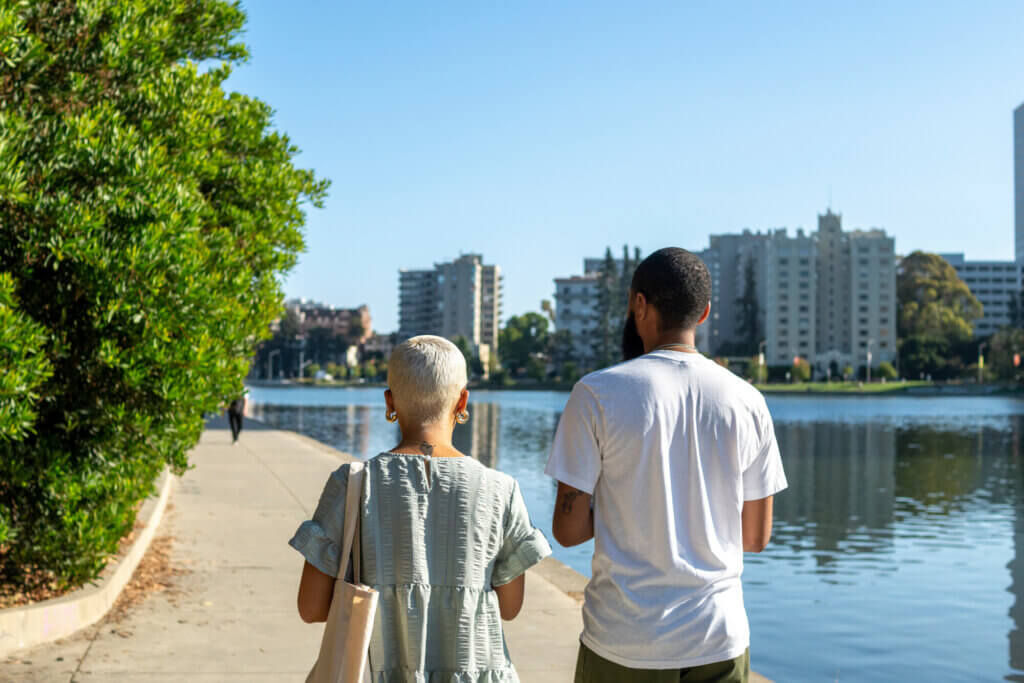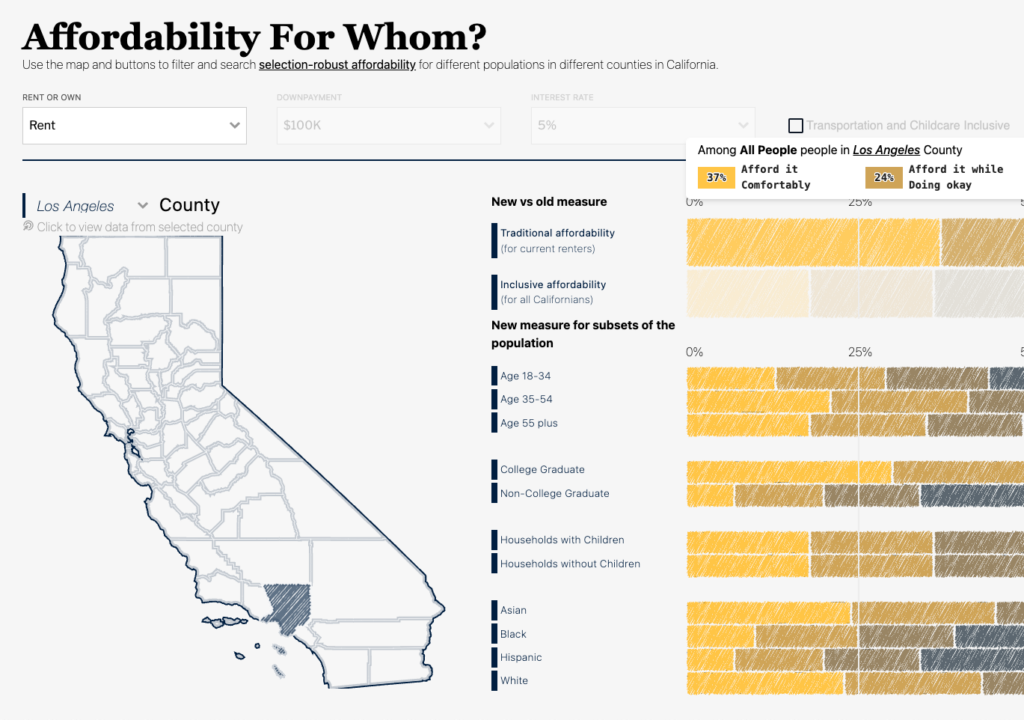Religious Tenets & Low-Income Tenants: Lessons Learned from Jordan Court
Published On December 16, 2022
As part of our commitment to the education and professional development of UC Berkeley students, the Terner Center highlights exceptional student work that connects to our mission and research agenda.
This Professional Report was submitted in partial satisfaction of the requirements for the degree of Master of City Planning in the Department of City and Regional Planning of the University of California, Berkeley, August 2022. Zachary Lamb and Ben Metcalf served as reviewers. The analyses and policy proposals put forth in these projects may not be reflective of the views of the Terner Center.
Author: Jessica Finkel
A key challenge to increasing the supply of affordable housing in high-cost markets is identifying land suitable for development. One strategy that has gained traction in recent years is encouraging housing development on property owned by churches, synagogues, and other faith-based organizations (FBOs). FBOs are deeply rooted in their communities, and many are exploring how they can leverage their underutilized land and buildings to meet local housing needs.
Previous research has highlighted this strategy’s potential impact. A 2020 report by the Terner Center found that in California alone, more than 38,800 acres of land used for religious purposes could be used to develop housing, much of it in higher-opportunity neighborhoods that have access to relatively high-performing schools and other factors facilitative of economic mobility. Many of these higher-opportunity neighborhoods are already largely built out with low-density, single-family housing, so FBO-owned lands present a rare opportunity to build affordable housing where it is found least often. Yet a variety of obstacles stand in the way: local regulations, limited financing options, and a lack of housing and real estate development expertise deter FBOs from moving forward.
Jurisdictions are pursuing a variety of strategies to address these barriers. Some are reforming zoning and land use rules. Washington, for example, allows FBOs developing affordable housing to exceed local residential density restrictions, while California has eased minimum parking requirements for affordable housing on FBO-owned land. Other jurisdictions are investing in training and financial subsidies to encourage FBOs to develop affordable housing. In the San Francisco Bay Area, Alameda County created a housing development capacity-building program for FBOs and other community-based organizations.
This report, completed as part of my Master in City Planning degree at UC Berkeley, analyzes the history and current state of affordable housing development on FBO-owned property. It then takes an in-depth look at Jordan Court, a new affordable senior housing development in Berkeley, California developed by All Souls Episcopal Parish, which owns the land, in partnership with Satellite Affordable Housing Associates (SAHA).
The Jordan Court case study highlights four key lessons for policymakers considering promoting development on FBO-owned property:
- The faith-based aspect of FBO-led development matters. Religious values, organizational structures, and norms shape the development process, and understanding—and respecting—these nuances is key to building productive partnerships.
- Information about FBOs developing housing—where, what type, and how much—is limited. Aggregating and sharing this data—along with information about policy and other interventions communities have used to facilitate this model—would benefit both FBOs and policymakers. A searchable database and mapping platform with information about FBO-led affordable housing developments, for example, would provide valuable insights into why projects succeed (or why not) and where this model could be expanded.
- Land use and zoning rules continue to pose a significant obstacle for many FBOs, but recent efforts to streamline approval processes and eliminate red tape have been effective and should be expanded. Jordan Court, for example, was able to move forward thanks in large part to California Senate Bill 35 (SB 35), which was passed in 2018 and grants ministerial approval to housing development proposals in residential areas that meet certain affordability thresholds. Enabling streamlined approval for FBOs, particularly those whose land is zoned for commercial or other non-residential uses, would reduce the time, cost, and uncertainty in the development process.
- Investments in seed funding and high-quality technical assistance to bolster the capacity of the faith-based community to undertake development projects would make it more likely FBOs will develop feasible proposals that align with local regulations and are competitive for financing down the line. FBOs that have received coaching and pre-development grants through Alameda County’s capacity-building program, for example, have reported positive outcomes, including a church that jump-started a stalled development project thanks to individualized support.
FBO-led housing development is a promising strategy for tackling the growing affordable housing crisis. Although there are challenges, FBOs, developers, and communities are working creatively to overcome them. For example, policymakers can support these efforts by implementing affordable housing overlays, eliminating onerous parking requirements, and assisting FBOs in navigating the development process. Building on lessons learned along the way will help unlock the potential of this model.
Read the full report Religious Tenets & Low-Income Tenants by Jessica Finkel, MCP here.





